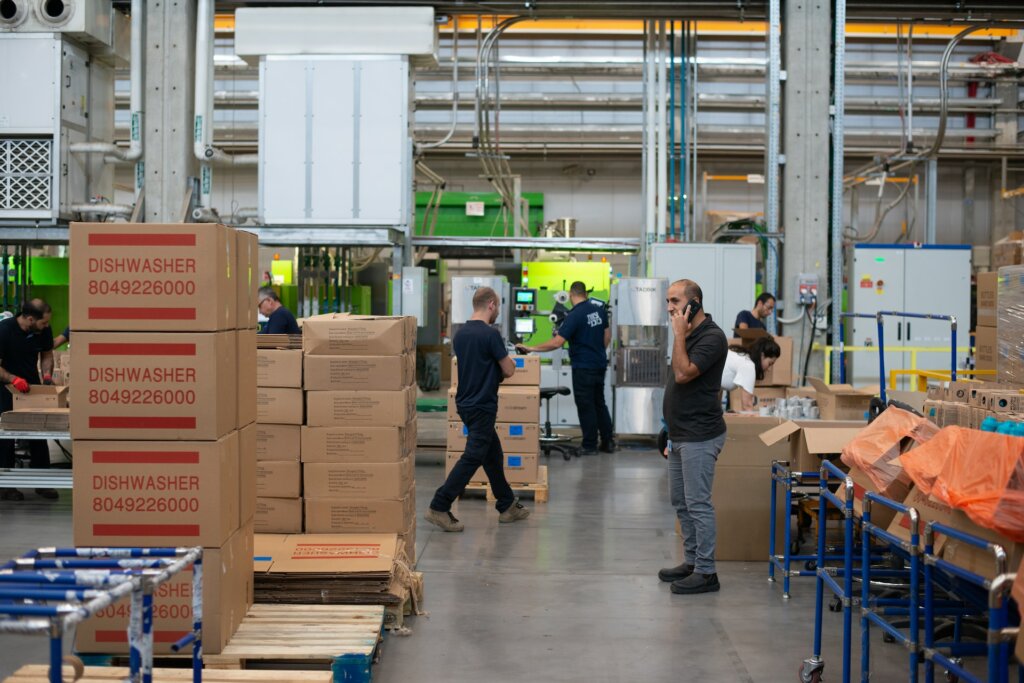Role of the Task Management Engine in a Distribution Center
At the core of a Warehouse Management System is its task management engine.
Simply put, this engine makes decisions on what work, of multiple types, is assigned to what associates in the DC at a given time.
It is the task management engine – working in a sense behind the scenes – that coordinates the execution of work in the DC, assigning those tasks, monitoring their completion, prioritizing the work and linking it to other tasks in the most efficient way possible.
The task management engine really can be considered the brains of the WMS, understanding what work needs to be accomplished and assigning the work from the queue to specific associates, typically via wireless RF terminals or Voice commands.
Understanding the Task Engine and its Configuration
As such, task management should be one of the key areas to be evaluated in a WMS selection process – yet in Softeon’s experience it often receives relatively little attention in capability reviews and “scripted” demos, other than perhaps confirming the WMS can provide “task interleaving” capabilities (e.g., combining a putaway task with a pick to reduce travel “deadheading”.)
This is largely because the task management engine does not easily lend itself to a demonstration, and because companies and even their consultants often lack the expertise to really drill into the details.
The task engine is configured to understand all the possible types of work in a DC, especially for mobile workers. That work includes such activities as putaway, order picking, replenishment, truck loading, cycle counting, and much more.
The WMS systems will usually offer options about which types of tasks the system should assign versus which ones operators will self-assign, and then confirm via scanning what work they have performed.

The “3 Ps” of Task Assignment in Advanced WMS Systems
In higher-end WMS systems such as Softeon’s, those tasks are assigned to individuals based on the so-called “3 Ps”:
Permission: Is the operator permitted to do a specific task and is using the right type of equipment?
Priority: How important is this task (for example, is it a “hot” replenishment”)?
Proximity: Is it efficient for the operator to do a task based on where he or she is in the DC right now compared to others?
Each WMS will have its own specific algorithms for how these factors are combined to assign tasks to workers. Softeon’s task management configuration process provides flexibility in how these rules are established.
An early problem with WMS task management systems was that in a busy distribution center, low-priority tasks sometimes never were sent to the floor, and they were constantly trumped by new higher-priority tasks. The vendors solved this by putting a configurable timer on each task – say 10 or 20 minutes – after which the priority would be bumped up one level, such as from a 5 to a 4).
Task management – it’s key to WMS’s success and value. Make sure you take a look under the covers.
Softeon WMS has advanced task management capabilities. Visit us at Softeon.com to learn more.




